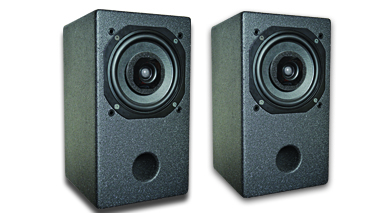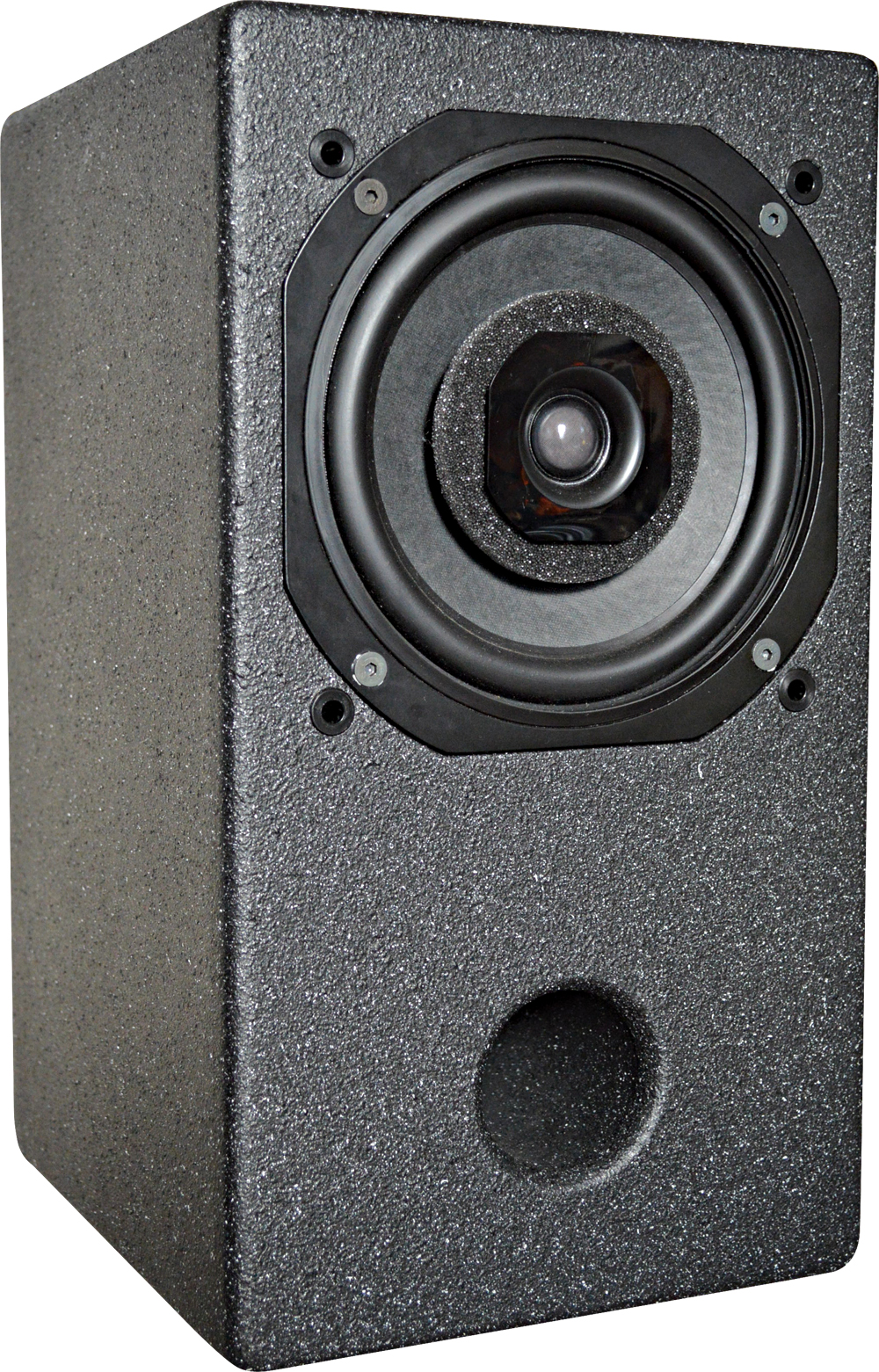My Audio Design Grand MS Review
The Grand MS represents My Audio Design’s initial foray into the pro-audio monitor market. John Pickford is all ears… Details Price £4,499 Contact MAD – 020 8123 9789 Web www.madengland.com Amazon.co.uk Widgets Every once in a while we come across a piece of equipment that sets a new standard in terms of audio quality – and My Audio […]

The Grand MS represents My Audio Design’s initial foray into the pro-audio monitor market. John Pickford is all ears…

Details
Price £4,499
Contact MAD – 020 8123 9789
Web www.madengland.com
Every once in a while we come across a piece of equipment that sets a new standard in terms of audio quality – and My Audio Design’s Grand MS (Maestro Studio) monitors are firmly in that category. MAD is a British loudspeaker company with an impressive range of highly regarded hi-fi speakers to its name, and now the company is entering the pro-audio market.
The fashion these days seems to be for active monitor designs that feature built-in power amplifiers; however, MAD designer Timothy Jung has adopted a more traditional approach for the passive Grand MS. For many years, Tannoy was the king of studio monitoring with the Dual Concentric red-and-gold speakers, and rightly so. Like those classic Tannoy designs, MAD makes use of a coaxial drive unit, but rather than employing a horn tweeter, the Grands feature a neodymium tweeter centrally placed within a bespoke eight-inch symmetrical field mid/bass driver. This unit incorporates a hefty 5kg motor assembly along with the symmetrical field magnet, while the tweeter is wired with 99.997% diamond silver conductors.
The crossover, which Tim told us was voiced by a team of classical musicians, engineers and a psychologist, is made from top-grade components and point-to-point hand-wiring with silver solder. The cabinet sports a bass-reflex port at the bottom of the front baffle and employs DRC (Damping Resonance Control) technology along with MAD’s Standing Wave Control to reduce unwanted resonances and improve bass accuracy. This is achieved by combining layers of material of different densities and properties. Our review samples – the first studio-bound pair made, incidentally – are finished in a durable granite/stone-chip coating.
Grand Master
Good studio monitors are usually voiced to give a detailed sound, giving great insight into mixes and allowing the true character of individual sounds to be heard. However, sometimes, in an effort to show explicit detail, monitors can pull a mix apart without having the ability to reveal the complete musical picture. This sort of presentation can become tiring after a while, especially when working on complex mixes.
The Grands completely avoid any sort of listener fatigue, instead providing a huge soundstage with a panoramic stereo image that locates individual sounds precisely within the mix. Depth of image is also exceptional, offering a three-dimensional sound that evades all but the very best monitoring systems. Because the Grands are a coaxial design, they behave as a point source, rather like old Tannoys and electrostatic panel speakers. In many ways, the Grands exhibit the best characteristics of both of those aforementioned designs, with superb coherence tonally from top to bottom and outstanding dynamics that reveal the exact level of each note played.
What’s more, they are completely phase-coherent – something that can’t be said of boxes that have several drivers located at different points on the front baffle. While many monitors aspire to this level of performance, few manage to avoid the rather cold, clinical nature that often comes with detail retrieval.
Instead, the Grands offer a big, open sound that engages in a very musical way. Detail is there in spades, but never in a way that feels as if the information is being spat-out at you. Bass performance is extraordinary, going as low as you would expect from monitors of this size and without any of the boom that usually plagues box speakers; there is no discernible box-overhang at all.
The reflex port aids the lowest frequencies, allowing the full weight of bass notes to be heard while remaining wonderfully tuneful. And, thankfully, no unpleasant chuffing sounds can be heard from the port. The silk-dome tweeter is a real star performer, delivering a smooth and extended top end that is as fast as any ribbon or electrostatic design, while remaining unforced and natural-sounding.
My Audio Design has created a truly special monitor with the Grand MS. Many top-flight studios will want to install them as midfield monitors, while home and project-studio recordists who insist on the ultimate in sound quality will want them as their main monitors. Perhaps their particular sonic charm may appeal more to those who make their music with ‘real’ instruments rather than those involved purely with electronica, but nobody with a musical ear would be immune to their charm, we feel.
In terms of tonal accuracy, dynamics and sheer musical insight they are truly stellar performers
Verdict
+ Superb musical insight
+ Excellent stereo imaging
+ Tuneful bass performance
+ Wonderful dynamics
+ Great build quality
– Arguably not for lovers of boom-box sounds
– Power amplifier required
The Grand MS is a brilliant performer, delivering tonal accuracy right across the frequency range and with first-rate imaging capabilities that makes creating a stereo picture easy. The way that they offer an open window into a mix is outstanding. Musical insight like this is rare, even among monitoring systems that cost many times the price of these exceptional monitors.



